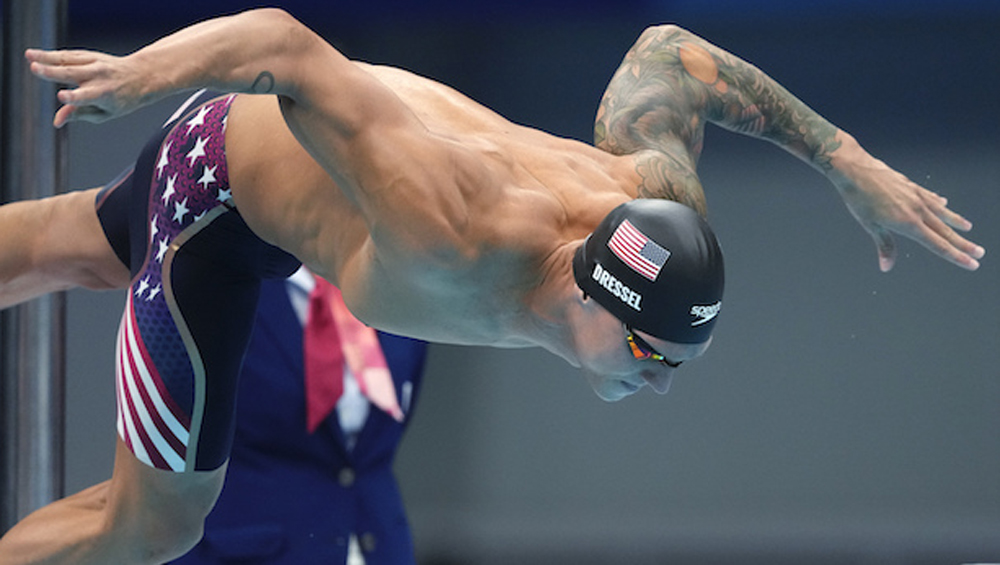
The Sports Outlook: It’s About So Much More Than Games


Mary Collins
The recent Summer Olympics, a modern creation inspired by games in ancient Greece, are a reminder that sports and sporting events have been with us for millennia. Whether you’re a rabid sports fan or only occasionally watch live sports, it seems they have always had a presence in the world, and will continue to do so. Most everyone in the media industry knows that sporting events have evolved over the years, as have sports organizations, the broadcasting of live events, the players themselves and nearly all other aspects related to sports.
Back in my cable television days, I spent three years running affiliate relations for SportsChannel Chicago. One of my accomplishments was distributing the network’s first-ever pay-per-view telecasts of the Chicago Blackhawks’ home playoff games. This venture provided a big revenue boost for both the team and the network. Today’s sports organizations and media companies have moved far beyond what was then cutting edge and now seems like primitive technology.
I was fascinated by the final keynote of MFM’s Media Finance Focus 2021 conference, featuring Pete Giorgio, a Deloitte Consulting LLP principal and U.S. sports practice leader. He offered his knowledgeable assessment on the outlook for the near-term future of the industry, and recommendations for how sports organizations can make the most of how sports have evolved, and continue to have influence over our lives. I want to share some highlights from his very engaging presentation, which he drew from a recent report, Deloitte’s Outlook on the U.S. Sports Industry.
No one has to explain to the media industry the amount of collateral damage live sports events suffered during the pandemic. As the crisis slowly loosened its grip on our lives, sporting events were eventually brought back and are finally being played again in fan-filled, albeit somewhat socially distanced venues. In fact, Giorgio said he had just attended his first live sporting event — the WNBA All-Star Game in Las Vegas — and his excitement around being among other fans at a live event was palpable.
Enthusiasm aside, Gorgio said sports organizations should look at strategies, and that customer, technology and workforce issues should be a main focus for sports leaders in 2021. He believes most trends in the sports industry weren’t affected by COVID-19, but some were accelerated by it. “I’m guessing you know a lot more about sanitation and germ processing than you did a year ago,” he quipped. He went on to outline three broad themes and the recommendations he makes to sports organizations as the industry moves forward.
First, he tells them to leverage digital tools to reshape revenue generation models. Giorgio believes there are key opportunities for growth by tapping a range of potential revenue streams, including monetization of data around fan, player and team performance. All of this, he said, will require infrastructure, people and partnerships.
Referencing this sports industry report, Giorgio commented: “Customer data is the new revenue model; the sports analytics industry is expected to reach $4 billion by 2022, as data is being harnessed by teams, coaches and media organizations.” He also noted that there are more conversations around cryptocurrency taking place: “This is both really interesting and full of hard conversations on tax implications.”
Taking revenue generation models in new directions will also require sports organizations to be bold. “Sports organizations tend to be risk adverse,” he said, so along with investment, they will need to break out of past norms.
Second, organizations must focus on fan engagement, taking particular consideration of the influence athletes now exert via social media: “Athletes need to build their social following and personal brands, so there’s a heavy trend of athletes using their [social] platforms to drive change in the space. They’re expected to have an opinion,” Giorgio commented. But this situation also presents a challenge, as sport celebrities hit more and more on controversial topics, particularly social and political issues.
“Organizations need to take a point of view on these hard topics,” Giorgio continued. He thinks sports organizations are just starting to get their arms around it, but that they need to develop viewpoints around difficult issues. “What is the organization going to stand for, or not stand for?” With sensitive topics like race, gender, LBGTQ+, inequality and justice at the forefront, he recommends organizations create clear statements on what they stand behind and what their organization is about.
Fan engagement, the third theme, really hit home with me. We learned a lot about that with the Blackhawks’ pay-per-view. I still remember the story of the night the preset timer cut the live playoff feed during overtime. One local cable operator returned to the office the next morning to find a cracked front window and the shattered pieces of a cable box on the sidewalk below. One very engaged fan was unhappy to have missed the final goal of the game. After that, an engineer sat in the control room and manually switched the feed at the end of the game.
Giorgio suggests sports organizations think about how they can engage fans year-round, because more and more, organizations are expected to bring not just eyeballs, but also relationships and personalization to the sports experience. Many have dipped their toe in the water by developing mobile apps for the purpose of engaging fans, for example, and he believes organizations have a huge opportunity to become storytellers as a way to engage fans.
The implications for U.S. sports executives as they relate to these three themes is massive. They have myriad new technologies, new demands from fans, new considerations for sports franchises and other issues pressing on them from all sides. They’re now expected to develop and bring expertise and materials to address mental health issues, among other sensitive topics.
One step toward doing so is for executives to build broader business acumen across teams, in addition to considering nontraditional partnerships that offer outside perspectives. These challenges open all sorts of possibilities for media companies.
Tactically, Giorgio stressed that executives and organizations should continually consider and invest in digital capabilities. Doing so may reduce margins temporarily, but it will benefit them in the long run, he said.
Virtual reality is one example: “I have no doubt that soon you’ll be able to sit in the front row on game day with your buddies from Antarctica, from the same town and from a different state all in the same room.”
Likewise, he thinks augmented reality (AR) is another digital tool organizations should explore as a means to provide new experiences to experience-hungry fans. Such shifts will benefit from media partnerships.
Giorgio’s parting statement should resonate with all media businesses: “Be bold and try new things — and be willing to have some of them fail. But fail fast.”
Mary M. Collins is president and CEO of the Media Financial Management Association and its BCCA subsidiary, the media industry’s credit association. She can be reached at [email protected] and via the association’s LinkedIn, Facebook, Instagram and Twitter accounts.


































Comments (0)